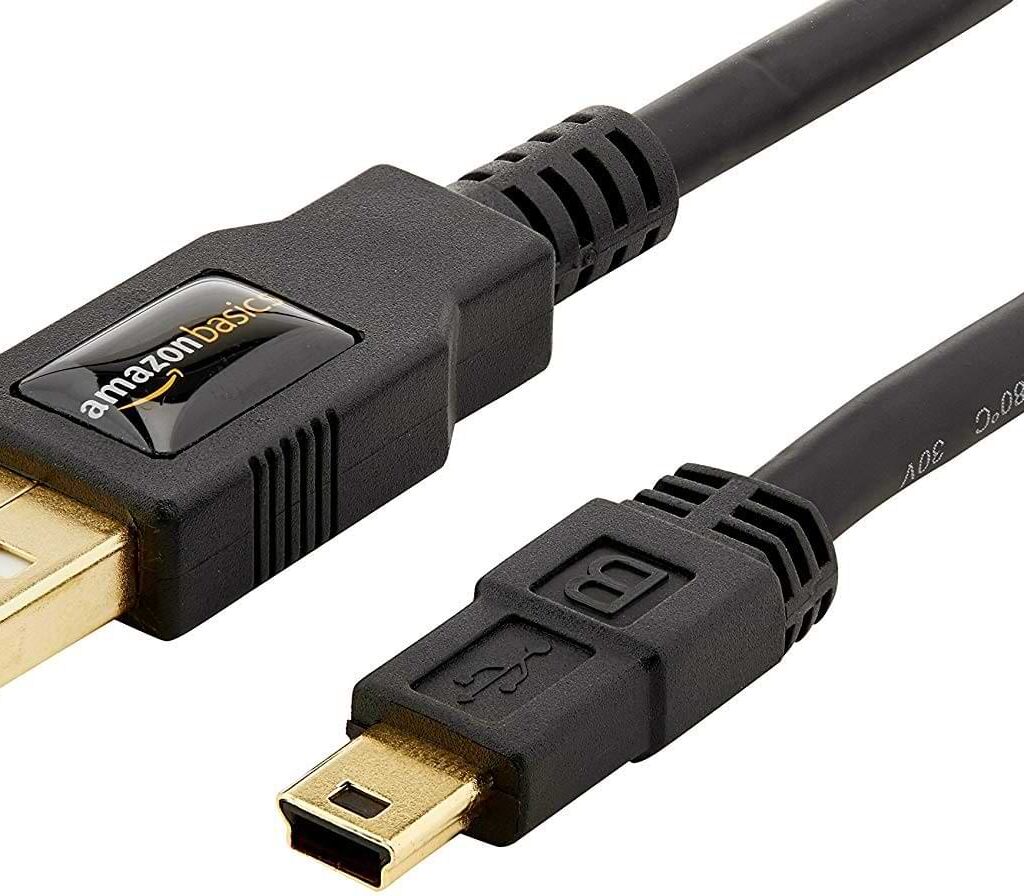Basic Information
The USB Mini B connector has played a crucial role in the development of electronic devices, particularly portable ones. Although newer standards have emerged, the USB Mini B remains significant due to its widespread use in various devices. In this article, we will explore the essential aspects of USB Mini B, its uses, and why it continues to be relevant in today’s technology landscape.
What is USB Mini B?
The USB Mini B is a type of USB connector that was commonly used in small electronic devices like digital cameras, MP3 players, and older smartphones. It was introduced as part of the USB 2.0 standard, which was widely adopted for its faster data transfer rates compared to the earlier USB 1.1 standard.
Design and Specifications
The USB Mini B connector is slightly smaller than the standard USB Type-A connector, making it ideal for portable devices. It features five pins, each serving a specific function such as power delivery and data transfer. The connector’s design allows it to withstand frequent plugging and unplugging, which is essential for portable devices that are often connected to computers for charging and data syncing.
Common Uses of USB Mini B
While newer USB standards have taken the spotlight, the USB Mini B connector is still found in various devices. Some common applications include:
- Digital Cameras: Many older digital cameras used USB Mini B connectors for transferring photos to computers.
- MP3 Players: Early MP3 players often relied on USB Mini B for charging and data transfer.
- Portable Hard Drives: Certain portable hard drives, especially older models, used USB Mini B for connecting to computers.
- GPS Devices: Some GPS units employed USB Mini B connectors for updates and charging.
Why USB Mini B is Still Relevant
Despite the introduction of newer USB standards like USB-C, the USB Mini B connector remains relevant for a few key reasons:
- Legacy Devices: Many legacy devices still in use today require USB Mini B connectors, making it necessary to keep them available.
- Durability: The robust design of USB Mini B ensures that devices using it can last for many years.
- Compatibility: USB Mini B cables and connectors are widely available, ensuring that users can easily find replacements or accessories.
The Evolution of USB Connectors
The USB Mini B connector is part of a broader evolution in USB technology. As devices became smaller and more portable, the need for smaller connectors like USB Mini B became apparent. However, as technology continued to advance, even smaller and more versatile connectors were developed, leading to the adoption of USB Micro B and eventually USB-C.
USB-C has become the standard for modern devices due to its reversible design, faster data transfer rates, and ability to carry more power. Despite this, the USB Mini B connector remains an essential part of the USB lineage, particularly for those who still use older devices.
Conclusion
In conclusion, the USB Mini B connector holds a significant place in the history of electronic devices. While it may not be as common as it once was, its continued use in legacy devices and its durable design ensure that it remains relevant. For anyone working with older electronics, understanding the role and functionality of the USB Mini B is crucial.
Whether you’re a tech enthusiast or someone looking to maintain older devices, knowing about the USB Mini B connector is valuable. It’s a testament to how technology evolves yet still honors the tools that paved the way.
Read More: https://techadvancepro.com/


